I recently worked with a client on their annual fund letter. They had a good story to tell, it hit all the right notes. It was compelling, engaging, donor-centric, and persuasive. Until it wasn’t anymore.
They had it reviewed by their “resident editor.” Who made it VERY grammatically correct. Very. The letter lost its charm, its ability to be persuasive, and all of its power. The introductory paragraph, originally a sweet and endearing story about the transformative power of reading to a dog, suddenly was choppy and uninteresting. But it WAS grammatically correct. Fortunately, they were receptive to feedback on how the new language would likely be perceived by their donors (not well) and changed it back.
I also recently worked with a client who revised and updated their mission statement. They took it from stodgy and old to young and vibrant. The new and engaging statement mirrored the type of people they sought to attract to support their work. An added bonus was that it was short enough to remember … only five words. FIVE WORDS. But, one member of the board – a former English teacher – threatened to resign from the board because the new mission statement used the word “everyone” instead of the more grammatically proper “everybody.” Everybody simply wasn’t the right word choice … it didn’t flow, it didn’t work. But, it WAS grammatically correct. Fortunately, cooler minds prevailed and they didn’t change the word.
The moral of this story is that to engage your audience – to be effective – your message has to be compelling and draw the reader/listener in. It should flow and have a captivating cadence. It doesn’t necessarily have to be grammatically correct.
Visit The Story Corner with Sue for more blogs and downloads to help you with sharing stories.





